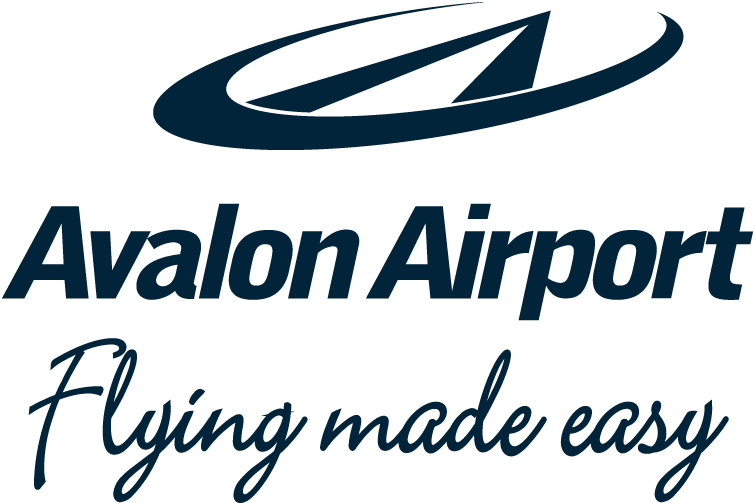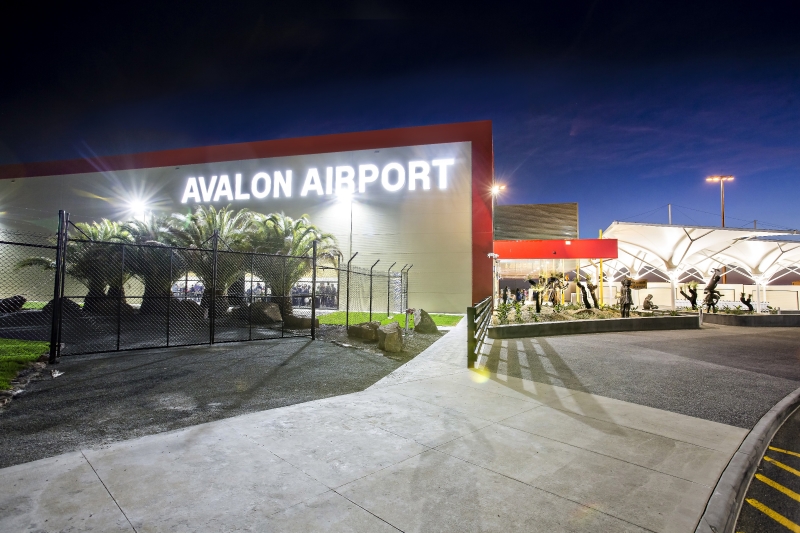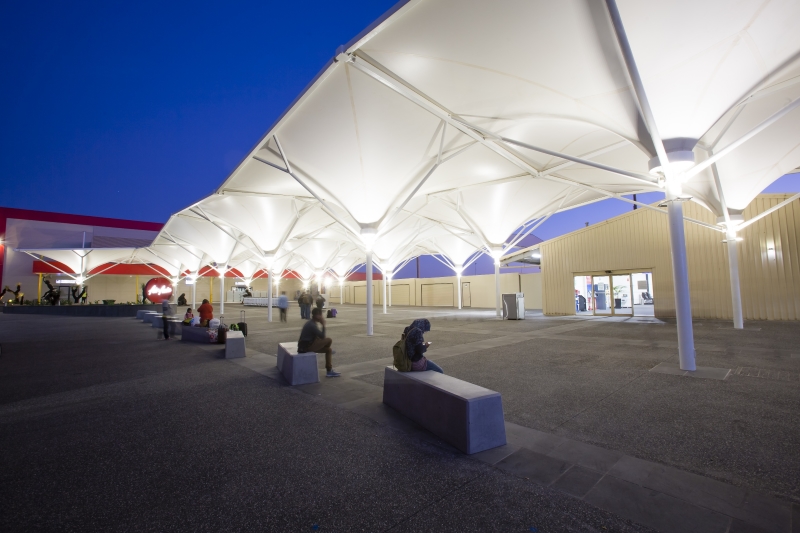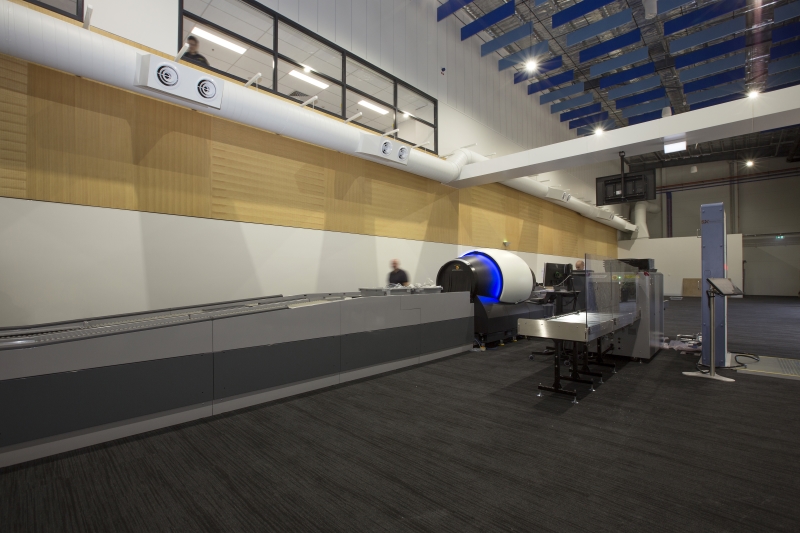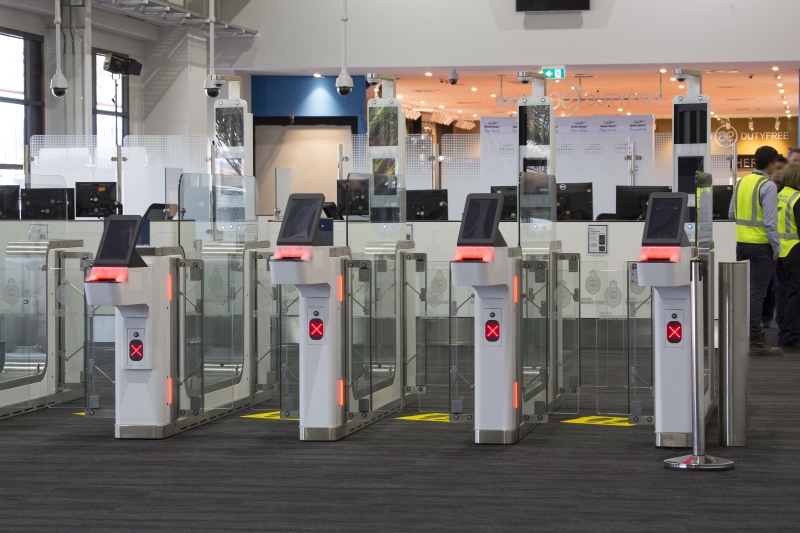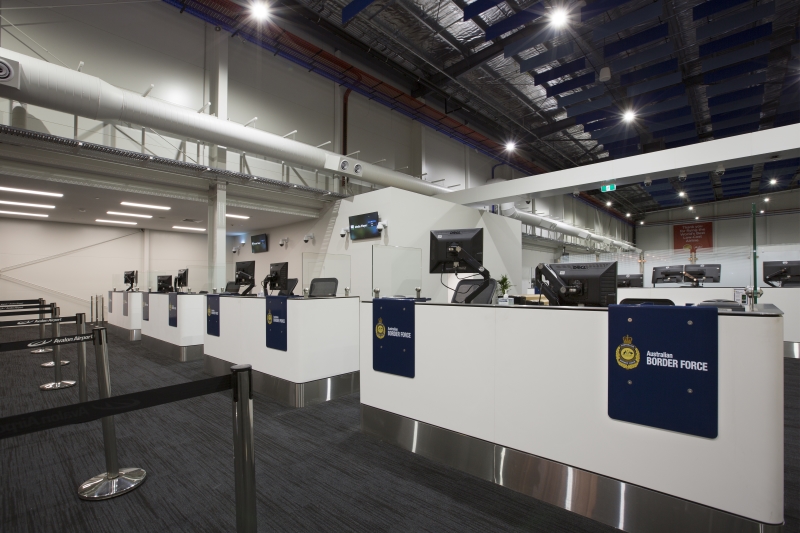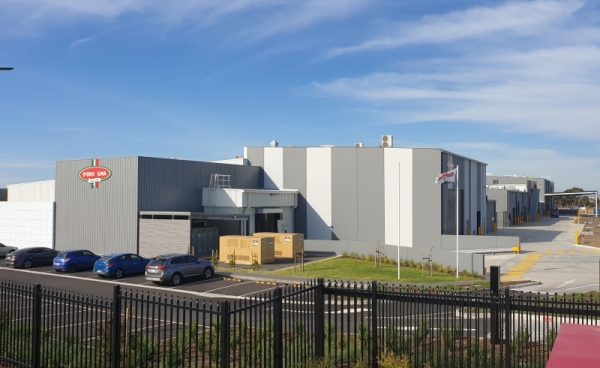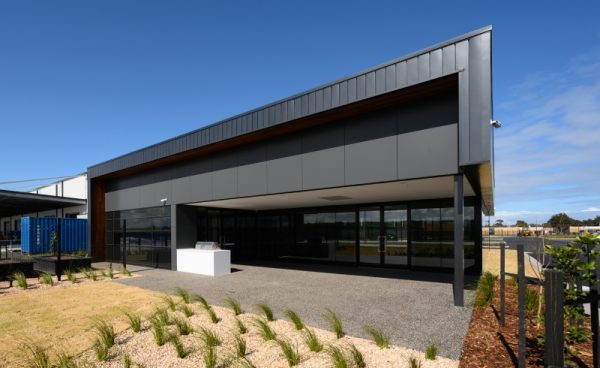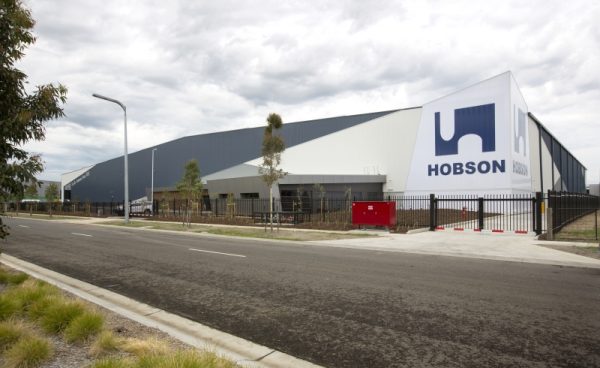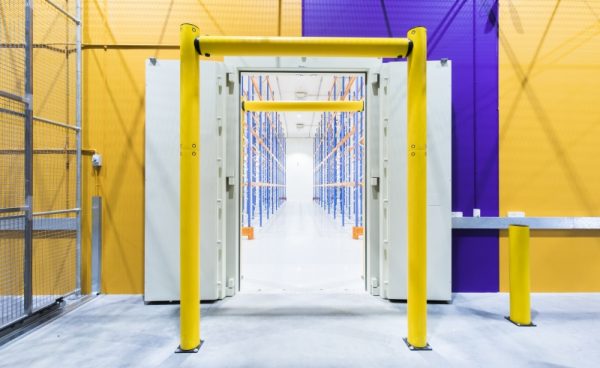Avalon Airport – International Terminal
Avalon, VIC
With the increase of traffic flowing between Melbourne and international destinations, it was only a matter of time before new airport facilities were required. Avalon Airport, situated on the Melbourne-Geelong road, was recently expanded to become Victoria’s newest international airport, with the addition of a new International Terminal built by Qanstruct.
The modern 6,500m2 facility, which sits alongside Avalon’s existing domestic terminal and is linked to it with an outdoor tensile canopy, makes Melbourne the first Australian city to enjoy two international terminals, joining the ranks of cities like London and New York.
Housing 200 staff and hosting two Air Asia flights a day to Malaysia, it is expected to see 220,000 passengers and more than 3.5 million tonnes of fresh Victorian produce transit through its doors each year. For the traveller, it’s a step forward for choice and convenience – and for airlines, it represents an opportunity to utilise this gateway to Melbourne’s West and the famed Great Ocean Road as a potential destination for future expansion.
Designed with passenger amenity, operational efficiency and the stringent security requirements of the Department of Homeland Affairs in mind, the new terminal features a retail, food and beverage centre, including inbound and outbound duty-free shopping, as well as comfortable departure gates and lounges, baggage collection hall and a gym and lunch facility for airport staff
State-of-the-art security is incorporated across the site. Offices for Government departments including Agriculture, Border Force, Customs and the Australian Federal Police, as well as Detector Dog facilities, are separated from the terminal area by a specially constructed security wall. This area also includes secure storage, interview and holding rooms, a counter-terrorism search pod and onsite armoury featuring ballistic lighting.
A challenging project, the construction of the international terminal required complex coordination with various government agencies during the design phase, to meet their specific security, construction and fit-out requirements. A longer than normal design phase was required to ensure all requirements were met, followed by a very short construction time to meet the first scheduled flight arrival.
